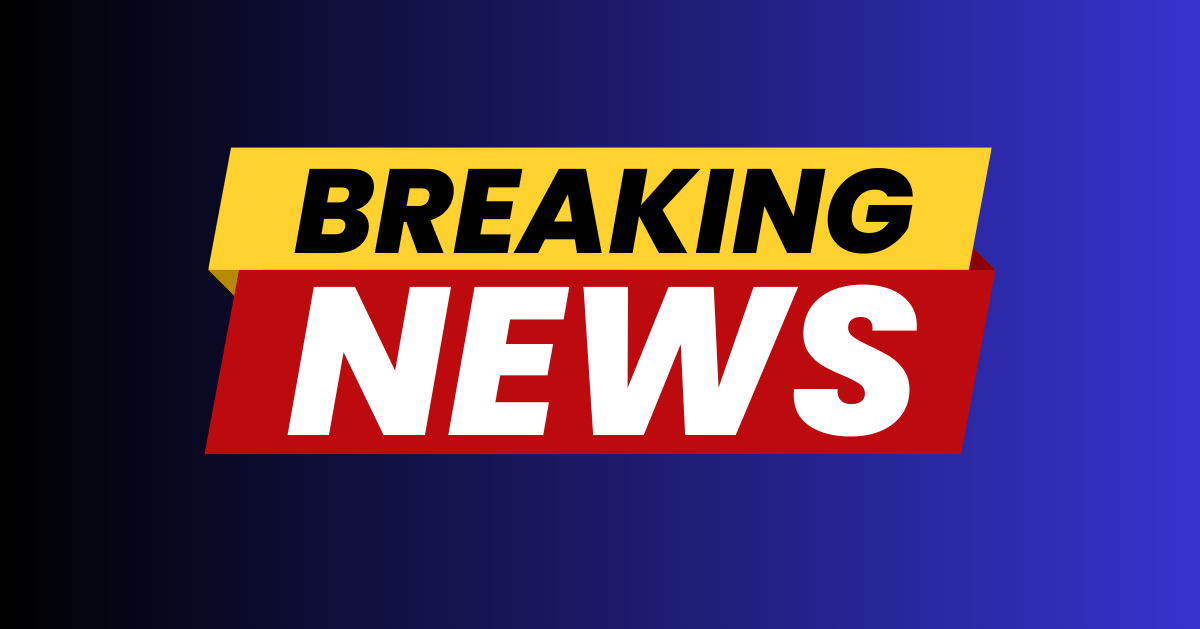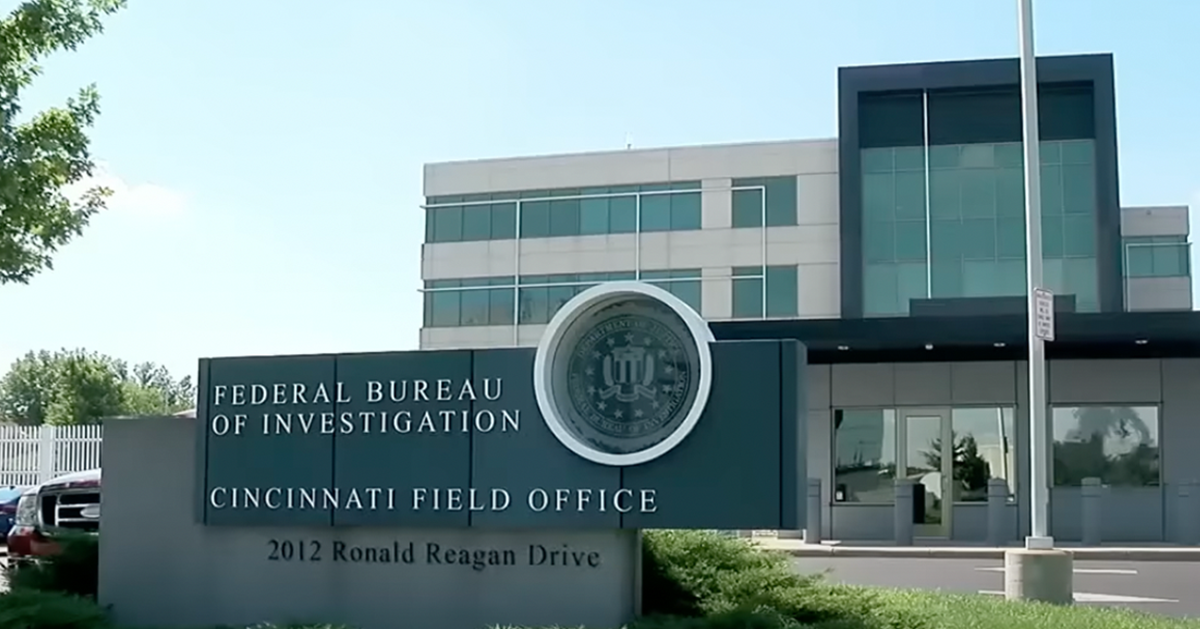New artwork depicting Trump takes place of Obama portrait in WH
A new painting depicting President Donald Trump has taken a prominent place in the Grand Foyer of the White House, marking a notable reshuffling of presidential portraits.
The artwork at issue shows Trump raising a fist during a July assassination attempt, and it has taken the place of a portrait of Barack Obama, which had occupied the space inside the White House since 2022, as Breitbart reports.
The subject of the newly positioned art was drawn from a pivotal event during Trump’s 2024 presidential campaign that occurred in Butler, Pennsylvania. The painting captures a significant moment when Trump, facing potential danger, was pictured in a determined stance, famously shouting “fight, fight, fight,” as captured in an iconic photograph. Such a dramatic depiction now sets the tone as White House visitors enter the Grand Foyer.
Noteworthy shift intiated
The displacement of Obama’s portrait from the Grand Foyer has resulted in a series of adjustments involving other presidential artworks as well. Obama’s portrait found a new home at the state floor entrance hall of the White House. There, it replaced the likeness of George W. Bush, which has been situated in a nearby staircase within the residence.
This cascading effect in reshuffling reflects a broader effort to realign the representation of presidential history based on evolving narratives and recent events.
The movement of these portraits has become a subject of attention following the shared announcement by the White House across social media platforms under the simple description of “some new artwork.”
The Trump portrait is the work of Marc Lipp, characterized as a Modern Pop Art artist known for his vibrant translations of artistic emotion through both paintings and sculptures. It was donated by Andrew Pollock via the Blue Gallery located in Delray Beach, Florida.
Upending traditions
Trump's decision not to host Obama for the unveiling of his White House portrait broke with long-standing tradition. Typically, sitting presidents would ceremonially welcome their predecessors for official unveiling events. However, it was then-President Joe Biden and his wife who hosted Obama’s unveiling ceremony in 2022.
The absence of Biden’s yet-to-be-completed official portrait adds another layer of interest to the visual narrative currently displayed in the White House.
With Trump’s image now prominently displayed, this visual cue underscores the historical tension and evolving relationship between these key political figures.
Trump levels critique
Meanwhile, Trump recently addressed another artwork controversy regarding a painting of his image displayed at the Colorado capitol. He criticized the work by artist Sarah Boardman, suggesting it was a subject of “purposeful distortion.”
According to Trump, Boardman’s portrayal of him was notably less flattering than her depiction of Obama. “The artist also did President Obama,” Trump commented, adding that Obama looked “wonderful” in comparison, and the rendition of himself was “truly the worst.”
Such artistic disagreements highlight the broader discourse around how public figures are represented in art, where interpretations can vary significantly depending on context and the artist’s intent. Despite these ongoing debates, Trump’s new painting in the White House embodies a clear statement reflective of a pivotal campaign moment.
As art and legacy intertwine in the halls of power, the latest changes underscore a complex interplay of politics, memory, and artistic interpretation. The decision to position Trump’s painting in such a visible manner signals a current appreciation or acknowledgment of his presidency's notable events.
Deeper meaning of display changes
The ongoing shifts within the White House’s halls are not just logistical necessities but clear statements of evolving historical significance. Each moved artwork reshapes the story currently told within these corridors, prompting discussions both within the media and among the public.
In tracing these changes, observers gain insight into the influential moments that White House curators deem significant enough to highlight in their visual presentation.
Most notably, the reshuffling reflects how former presidents' legacies are interpreted and integrated into the broader narrative of American history.
As artwork continues to cycle through the White House’s storied halls, viewers are left to reflect on both history and contemporary developments. Such redecoration efforts symbolize not only changes in administration but also variations in commemorating leadership over time.





